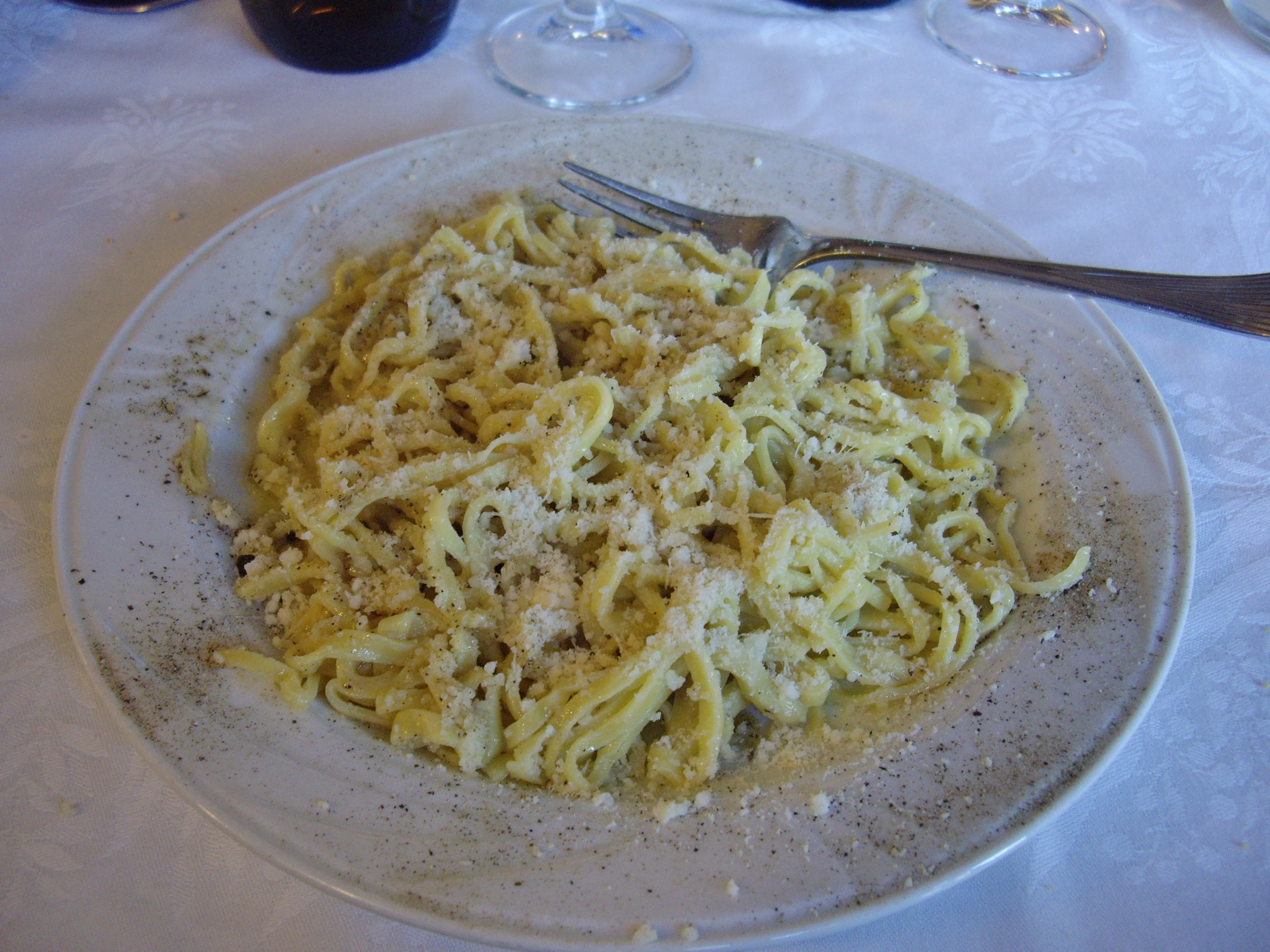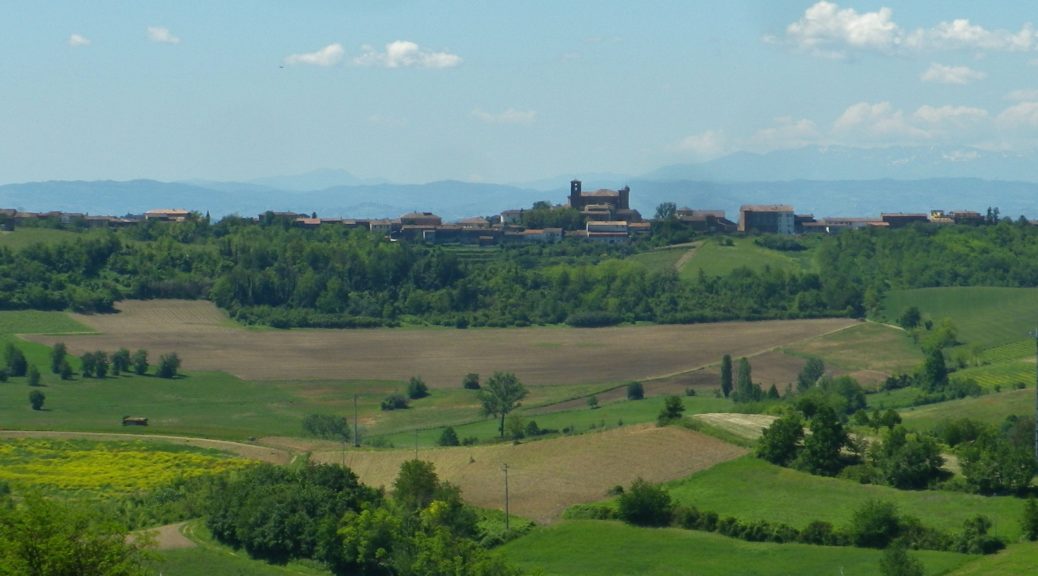If your vineyard hike is not chosen with care, you could end up on a trail that is just that: nothing but vines. While it is good for wine education trails (which are legion, but rather short), it can be less than enthralling for hikers. I am pleased to report that this month’s trail was full of bio-diverse flora, landscapes, views, and even had two very different settlements, a village and a hamlet, to enjoy.
I began in Moleto, a hamlet devoted to art, whose Italian and foreign artists live in residence. The hamlet bills itself as a sort of open-air museum. The wall of art is the first thing to notice. This hamlet had an annual arts festival, ArtMoleto, (before the pandemic), and its artists attracted some attention region-wide. There is a local bar, with a gorgeous location overlooking the valley, and a lovely restaurant in the local cantina. Unfortunately, both attractions were closed that day. Forewarned is forearmed – this hamlet can be deserted at times.
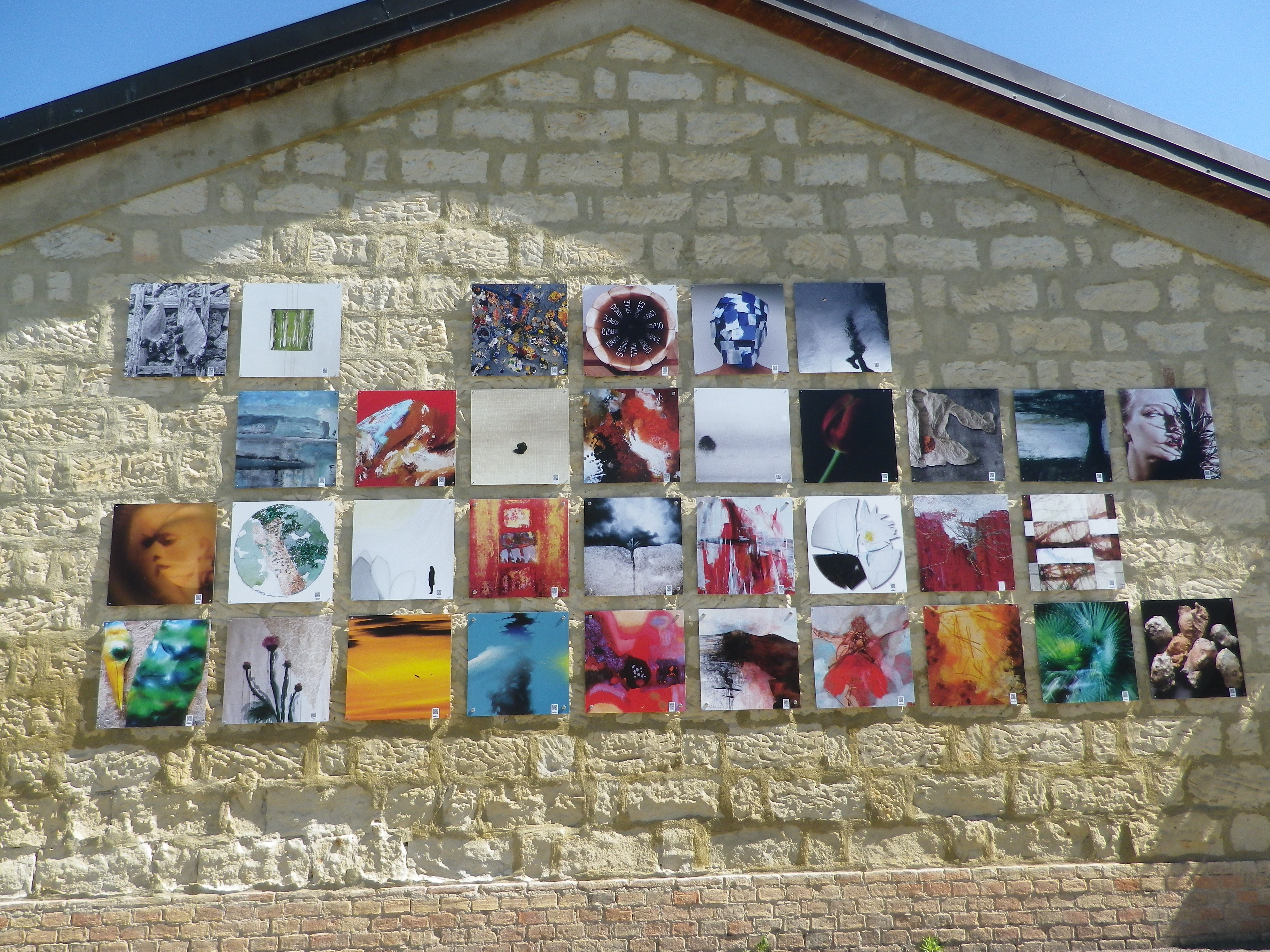
Ottiglio, on the return side of this circuit trail is also interesting. Set on a steep hill, crowned with an old castle, it runs from top to bottom. It is bigger, and has a bit more to offer in the way of food and drink: one restaurant/bar, two tiny food stores, one bread store and one public fountain (the water is potable). Sadly, the two times I was in this village, I saw no one, heard no one, and wondered if I was in a village like the hamlet of Moleto, that was losing its population. Let us hope that with the advent of remote working for office workers and other professionals, the opportunities to return to areas like this will increase, and revive the potential these small places have!
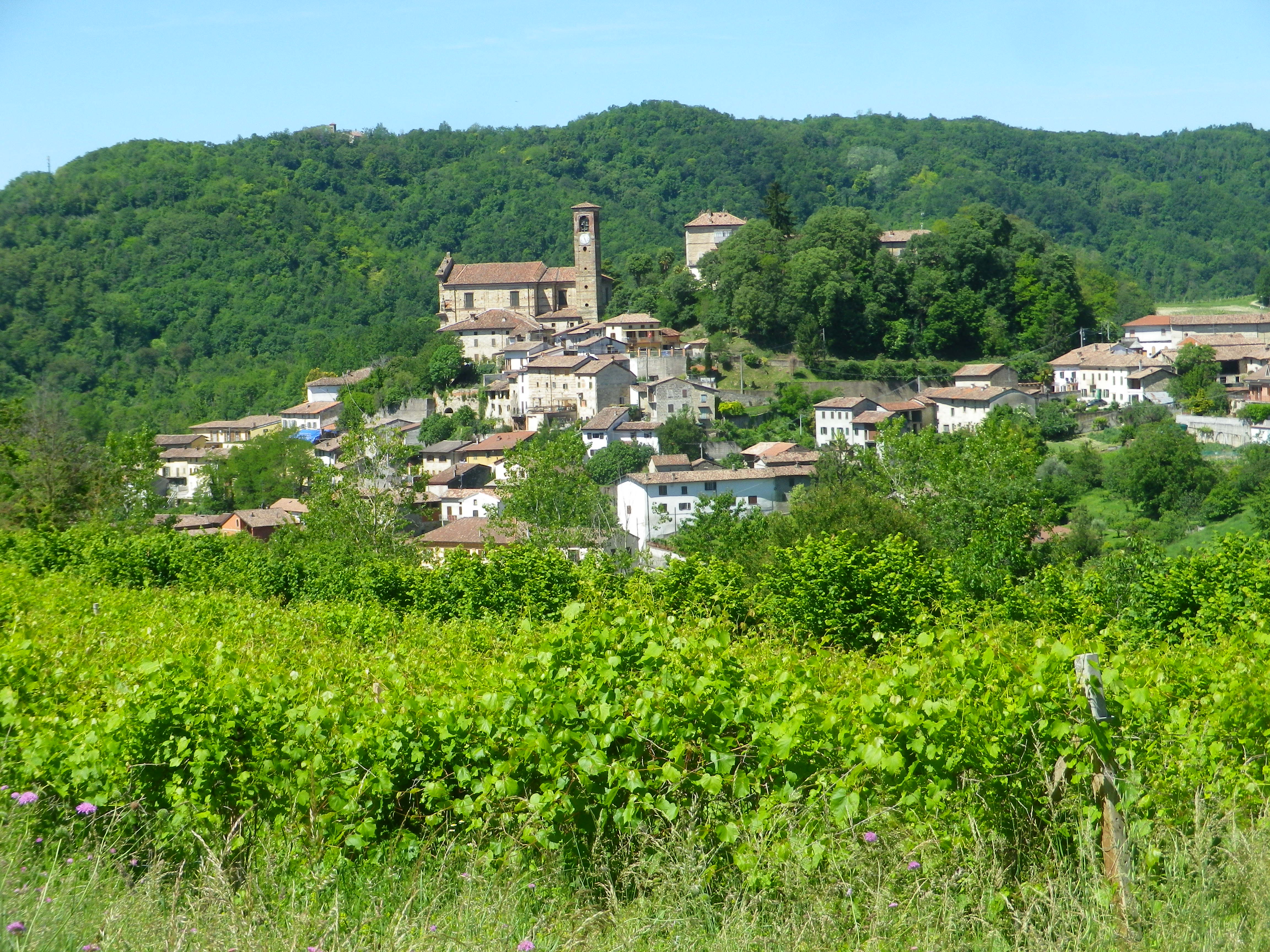
In between Ottiglio and Moleto, the fields and vineyards have notably crept up to the village roads. Vineyards predominated, but only just. There were orchards and corn fields as well. Healthy patches of woodlands, some rather large, provided shade and a different hiking experience, one not always found along wine-themed trails in Italy. As I went up the hills, vistas of the endless plains of the Po River, or alternatively, soaring Alpine peaks, came into view. As I passed through dales, there were copses, low-lying wetlands, fields or vineyards to observe in detail.
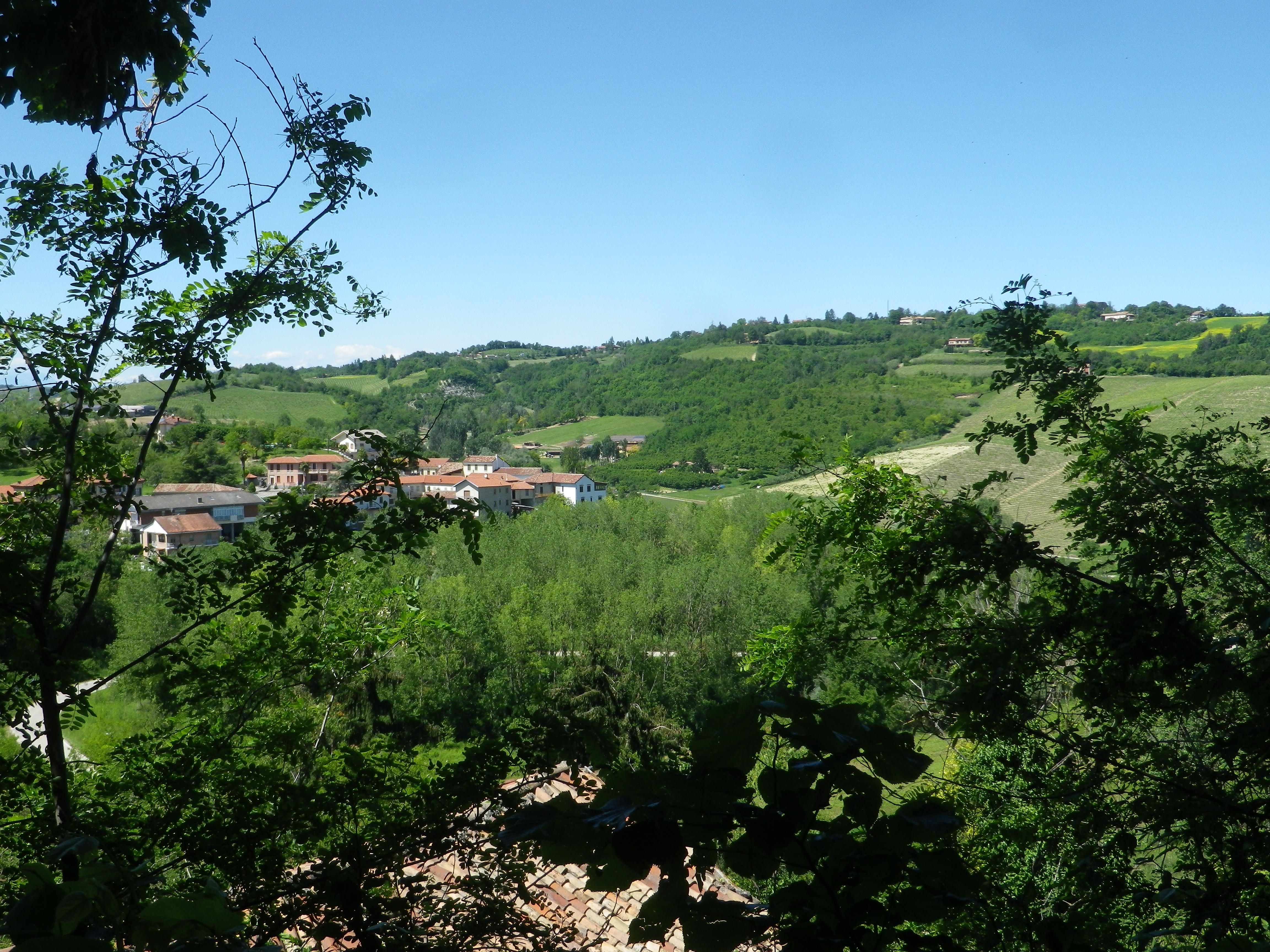
At one point, I passed a sign, which prohibited entry (from the trail), into a wooded area reserved for hunting. In former times, hunters often shot wild birds, ortolans in particular, but this is now prohibited in the EU. While I have often seen evidence of wild boar (not an animal you want to meet on the trail), this was the first sign of deer I had ever seen.
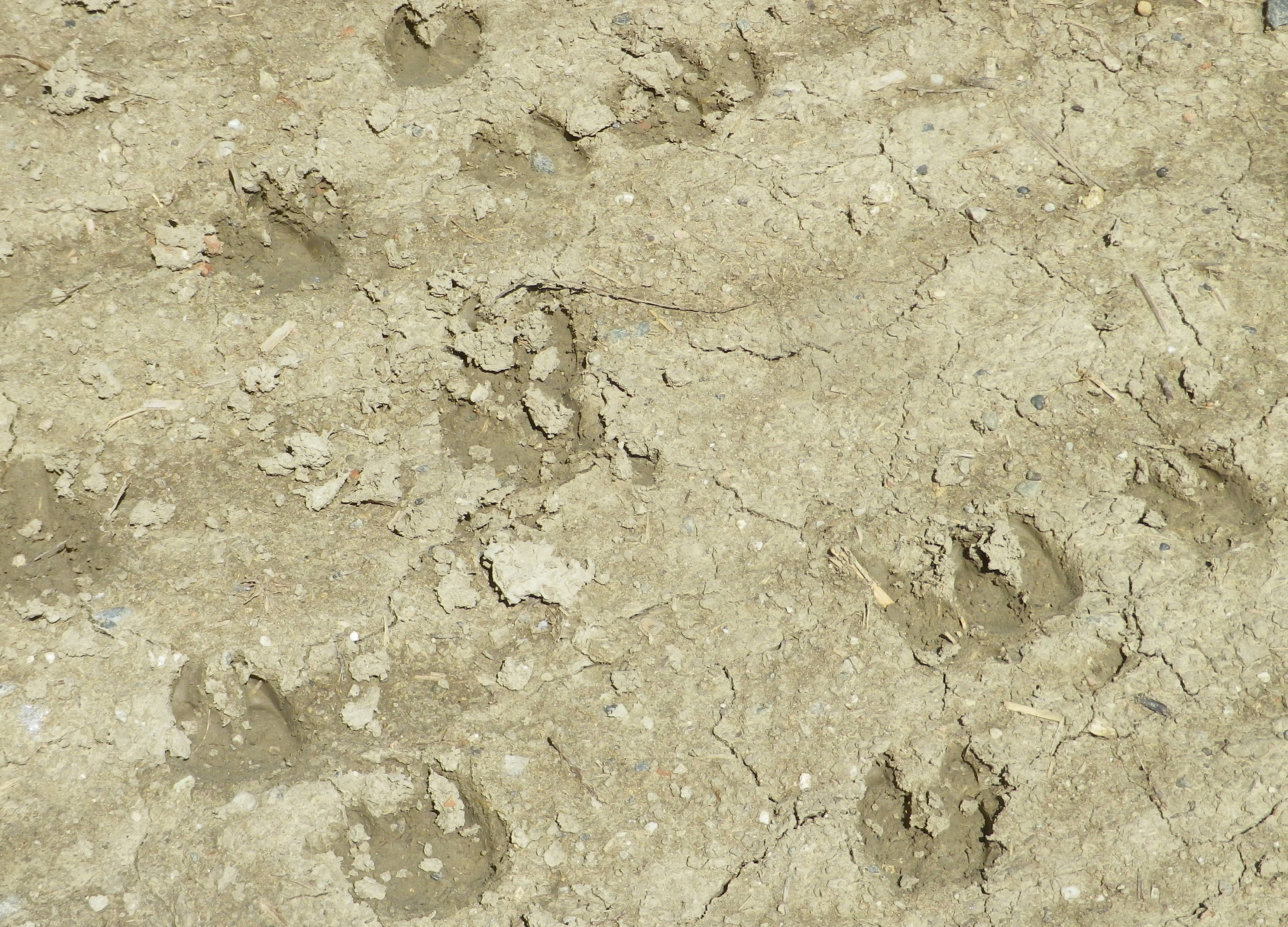
While hunting game is not unusual in Italy, this area was reserved for truffle hunting. As anyone who has ever been to the Piedmont knows, truffles are serious business. Not only can a large sample bring its finder serious money, it is revered in restaurants, and consumed in a variety of dishes here. Just the thought of the earthy, smoky smell and sublime taste sets my mouth watering. Combined with the great wines from the area, dining in the Monferrato is a real treat. If only I could have found an open restaurant nearby to order some!
